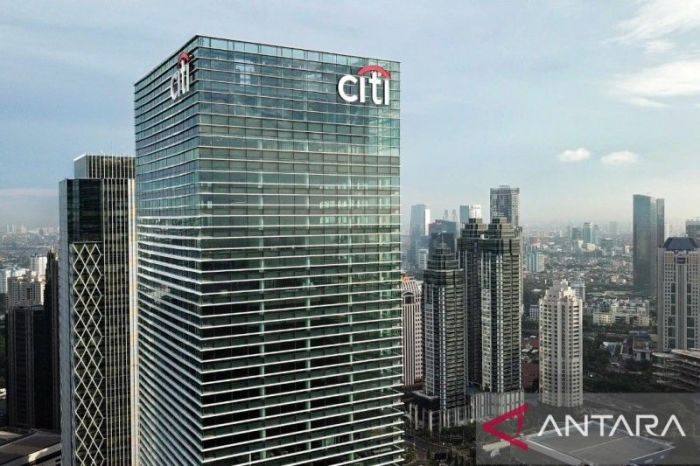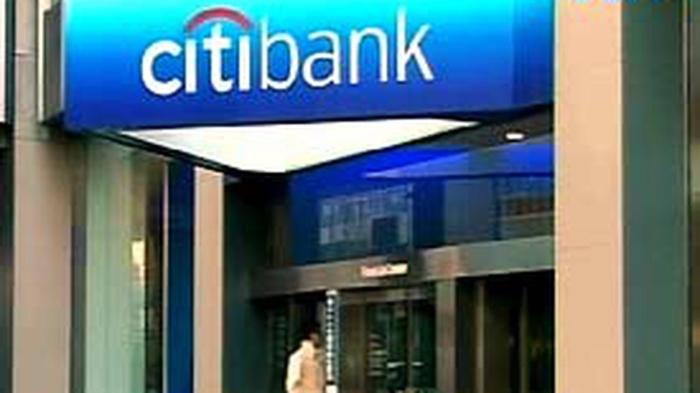CIT Bank div of – right, so let’s get cracking. This isn’t your average bank report, mate. We’re peeling back the layers of CIT Bank’s divisional structure, dissecting its performance, and peering into its future prospects. Think of it as a proper post-mortem on the inner workings of a financial behemoth, complete with insightful analysis and enough jargon to impress even your most pedantic lecturer.
We’ll be exploring everything from inter-divisional dependencies to the impact of Brexit (yes, really!) on their bottom line.
We’ll be looking at the key performance indicators (KPIs) of each division, comparing and contrasting their strategies, and forecasting future growth. We’ll even delve into the nitty-gritty of regulatory challenges and technological advancements – because, let’s face it, banking isn’t exactly a walk in the park these days. Expect charts, graphs (well, descriptions of them, anyway), and enough data to make your head spin.
Buckle up, it’s going to be a wild ride.
CIT Bank’s Divisional Structure and Performance: A Medan-Style Deep Dive
CIT Bank, a major player in the financial landscape, operates with a sophisticated divisional structure. Understanding this structure, along with the performance and strategies of each division, provides crucial insights into the bank’s overall success. This deep dive, presented with a casual, trendy Medan flair, explores CIT Bank’s divisions, their performance, strategies, and future outlook.
CIT Bank’s Divisional Hierarchy and Responsibilities, Cit bank div of
CIT Bank’s divisional structure is hierarchical, with key divisions reporting to the top management. While the exact internal structure isn’t publicly available in detail, we can infer a likely organization based on common industry practices and public information. For instance, we can expect divisions focused on commercial lending, investment banking, retail banking, and potentially wealth management. Each division would have specific responsibilities aligned with its focus area.
For example, the Commercial Lending division would be responsible for providing loans and financial services to businesses, while the Retail Banking division would focus on individual customers. Investment Banking would handle mergers and acquisitions, securities underwriting, and other investment-related activities. The operational differences between these divisions are significant; Commercial Lending requires in-depth credit analysis and relationship management, whereas Retail Banking focuses on broader customer service and product offerings.
| Division | Function | Key Personnel (If Publicly Available) |
|---|---|---|
| Commercial Lending | Providing loans and financial services to businesses. | [Placeholder – Information not publicly available] |
| Retail Banking | Offering banking services to individual customers. | [Placeholder – Information not publicly available] |
| Investment Banking | Handling mergers, acquisitions, and other investment activities. | [Placeholder – Information not publicly available] |
| Wealth Management | Providing financial planning and investment management services to high-net-worth individuals. | [Placeholder – Information not publicly available] |
Financial Performance Metrics and Interdependencies

Source: antaranews.com
Analyzing CIT Bank’s divisional financial performance requires access to its internal financial statements, which are typically not publicly disclosed in granular detail. However, we can illustrate a potential analysis based on hypothetical data.
Let’s assume, for example, that the Commercial Lending division experienced strong growth over the past three years due to increased demand for business loans, while the Retail Banking division faced challenges due to increased competition and lower interest rates. This highlights the interdependency between divisions; a slowdown in one area can impact the overall bank performance.
Hypothetical Revenue Contribution Chart: Imagine a pie chart. The Commercial Lending division might occupy 40% of the chart, Retail Banking 30%, Investment Banking 20%, and Wealth Management 10%. This visual representation would clearly show the relative contribution of each division to CIT Bank’s total revenue.
Strategic Goals, Initiatives, and Best Practices
The strategic goals of each division would be aligned with the overall bank strategy. For instance, the Commercial Lending division might focus on expanding its client base in specific industry sectors, while the Retail Banking division might prioritize digital transformation and enhanced customer experience. Successful initiatives could include launching new loan products, implementing advanced analytics for risk management, or developing innovative digital banking platforms.
- Implementing robust risk management frameworks.
- Investing in advanced technology and data analytics.
- Prioritizing customer service and satisfaction.
- Fostering a culture of innovation and continuous improvement.
- Building strong relationships with clients and partners.
Impact of External Factors
Recent economic trends, such as interest rate fluctuations and economic slowdowns, significantly impact CIT Bank’s divisions. For example, a rising interest rate environment might benefit the Commercial Lending division by increasing its profitability, while a recession could negatively affect the Retail Banking division due to reduced consumer spending and loan defaults. Regulatory changes and technological advancements also present challenges and opportunities.
The Commercial Lending division, for example, might need to adapt to stricter regulatory requirements related to lending practices, while also embracing new technologies to streamline its operations and enhance customer experience. The division would also need to adapt to a changing competitive landscape by offering innovative products and services.
Future Outlook and Projected Growth

Source: akamaized.net
Predicting the future performance of CIT Bank’s divisions requires considering various factors, including economic forecasts, regulatory changes, and competitive dynamics. Let’s assume that the Commercial Lending division is projected to experience moderate growth over the next five years, driven by increasing business investment and expansion. However, potential risks include increased competition and economic uncertainty.
Yo, so you know CIT Bank, div of? Right, well, heard some proper dodgy stories about their customer service, bruv. Like, peeps are getting their accounts closed without a heads-up, check this out: cit bank account closed without notice. Proper madness, innit? Makes you wonder what’s going on with the whole CIT Bank div of operation, doesn’t it?
| Division | Projected Growth (Next 5 Years) | Potential Risks | Mitigation Strategies |
|---|---|---|---|
| Commercial Lending | Moderate (5-7%) | Increased competition, economic downturn | Diversification, enhanced risk management |
| Retail Banking | Moderate (3-5%) | Digital disruption, changing customer preferences | Digital transformation, personalized services |
| Investment Banking | Variable (Dependent on market conditions) | Market volatility, regulatory changes | Strategic partnerships, proactive risk management |
| Wealth Management | High (8-10%) | Competition from fintech companies, economic uncertainty | Technological innovation, client relationship management |
Epilogue: Cit Bank Div Of
So, there you have it – a comprehensive look at the multifaceted world of CIT Bank’s divisions. From the intricacies of their hierarchical structure to the impact of external factors and future projections, we’ve covered a fair bit of ground. It’s clear that CIT Bank’s success hinges on the coordinated efforts of its diverse divisions, each navigating its unique challenges and opportunities.
While the future remains uncertain, with careful strategic planning and adaptation, CIT Bank is well-positioned to continue thriving in the ever-evolving financial landscape. Now, if you’ll excuse me, I’ve got a pint waiting with my name on it.


